
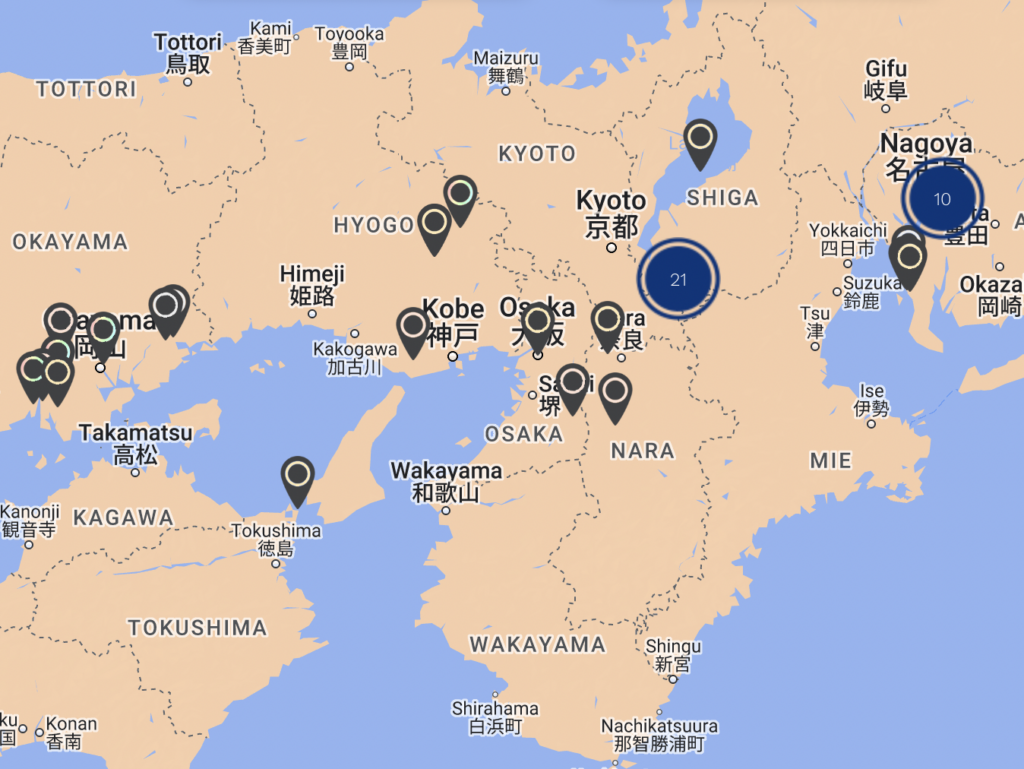
To see all the destinations listed in this guide and other ceramic sites worldwide, check out Ceramic World Destinations (CWD), MoCA/NY's interactive map listing over 4,000 destinations!
While Osaka may be renowned as 'Japan's Kitchen,' the city also holds great cultural significance and boasts a rich tradition in the arts. Its proximity to Kyoto, the ancient capital, and being the birthplace of Sado (the tea ceremony) further contribute to Osaka's artistic heritage.
Ceramics are collected and donated for public viewing, highlighting the role of passionate ceramic enthusiasts in preserving and sharing cultural treasures. These collectors, described as lovers of ceramics, have played a crucial role in assembling a diverse and extensive collection of ceramics for visitors to enjoy. Their dedication has allowed for the preservation and exhibition of ceramics, and the connection between the arts and ceramics adds depth to the cultural experience for visitors exploring Osaka's artistic landscape.
It's highly suggested to stay near Osaka/Umeda Station.
High-end accommodations: Conrad Osaka, InterContinental Osaka, The Ritz-Carlton, Hotel Hankyu International, and the Hilton Osaka. Mid-range options: Mitsui Garden Hotel Osaka Premier, ANA Crown Plaza Osaka, and Imperial Hotel Osaka. Hostels: Nine Hours Shin-Osaka Station, J-garden Shin-Osaka Capsule, Linda Hostel 106, Guesthouse U-En, Hotel the Rock.
Public transportation, train and bus, is the easiest and most affordable option for traveling around the city. Consider purchasing a prepaid Icoca card (a Suica or Pasmo card from Tokyo will also work). SUBWAY MAP
To explore restaurant options, check out this comprehensive list published by Eater.
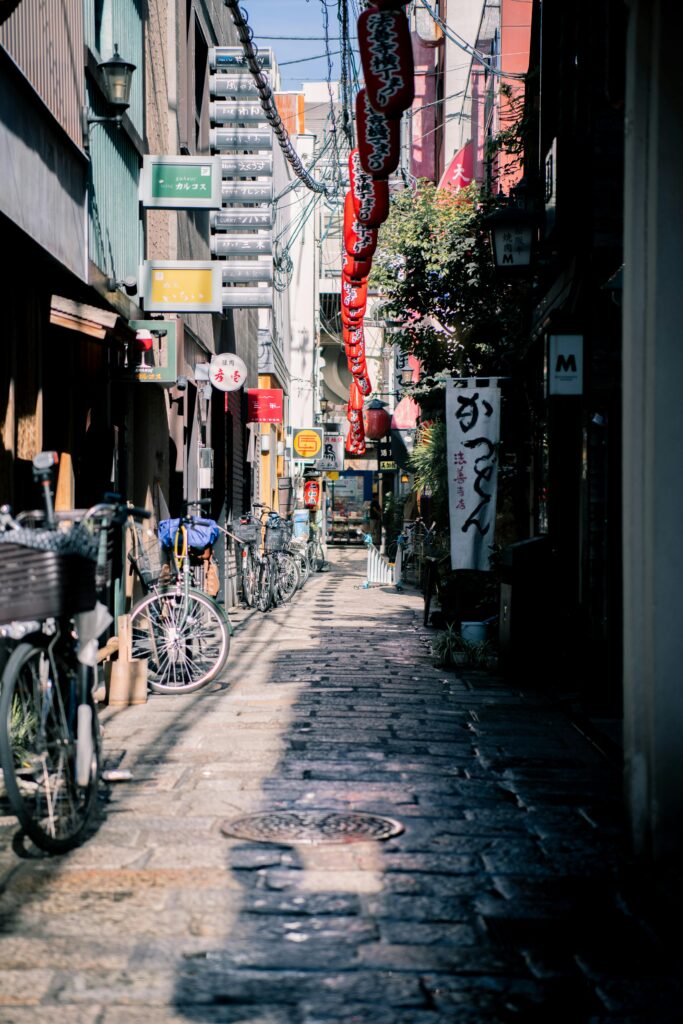
Grab a coffee or breakfast at a nearby cafe and head to the Museum of Oriental Ceramics, where visitors can explore an extensive collection that goes beyond Japan. Noteworthy highlights of the collection include items from Korea and China from various periods, such as the Han, Ming, and Qing Dynasties. Additionally, the museum boasts a significant assortment of snuff bottles. Korean celadon wares are divided into three distinct parts, showcasing the diversity and depth of the collection.
While the museum is known for its traditional wares, it keeps pace with contemporary developments in the ceramic arts. Visitors may be pleasantly surprised to find special exhibitions featuring works by important modern ceramics artists, providing a dynamic and evolving perspective into the world of clay. This combination of traditional and modern elements make the museum a fascinating destination for enthusiasts and art lovers alike.



The Nakanoshima Kosetsu Museum of Art offers a unique experience, featuring a collection of privately collected tea wares from Mr. Ryohei Murayama, the founder of the Asahi Shimbun newspaper. This museum reflects Murayama's passion for art, showcasing not only Japanese tea wares but also works from other countries in East Asia.
Visitors can expect a diverse and comprehensive collection that goes beyond national boundaries. The inclusion of tea wares suggests a focus on the traditional aspects of East Asian culture, particularly to the tea ceremony, which holds significant cultural and artistic value.
Exploring this museum provides an opportunity to appreciate the convergence of art and tea culture, offering insights into the rich artistic traditions of Japan and its neighboring East Asian countries.
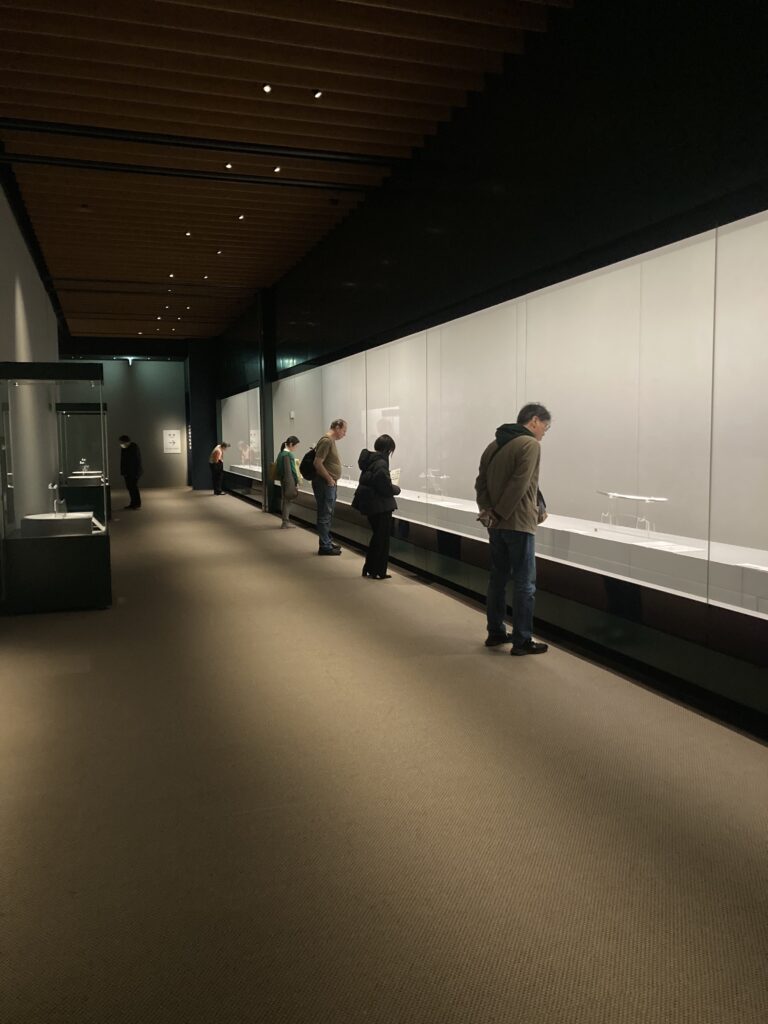
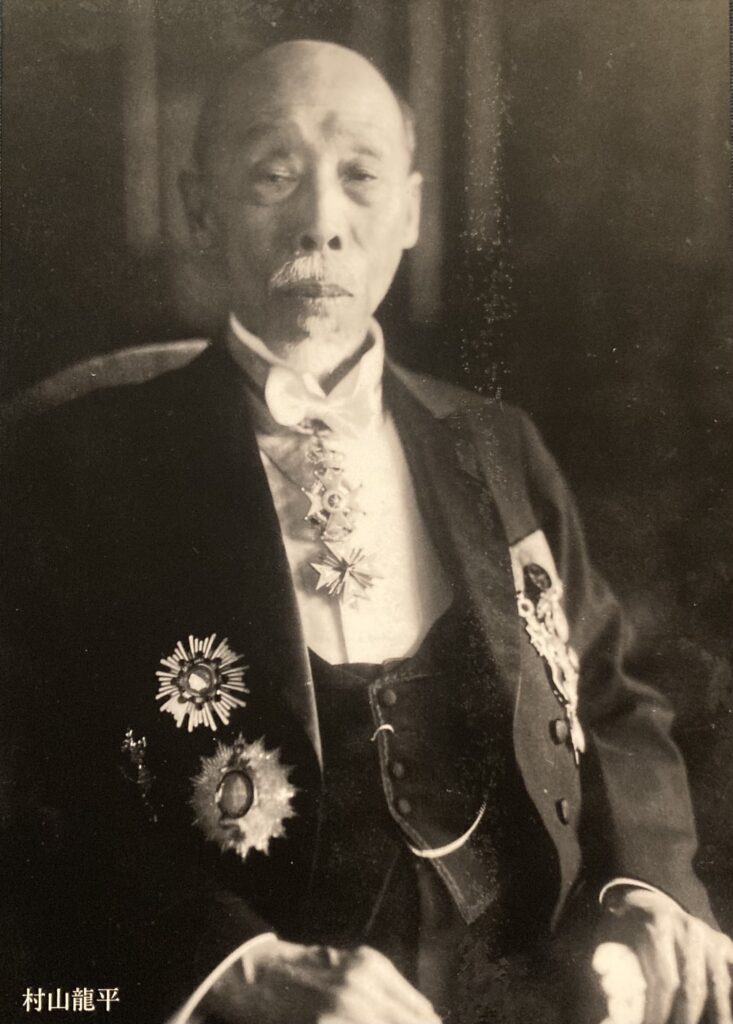
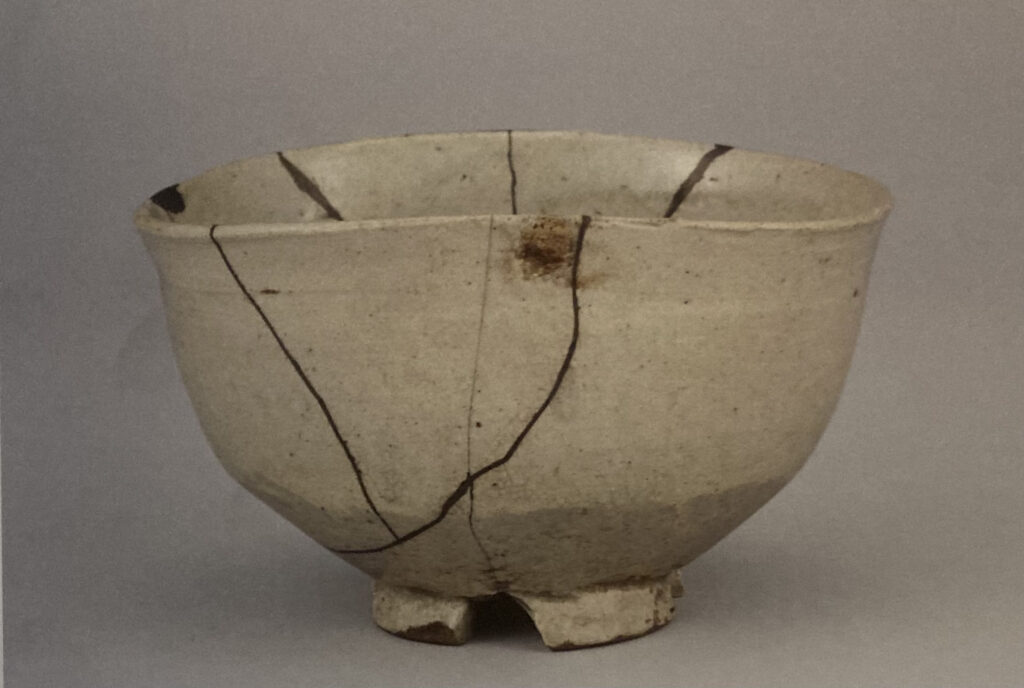
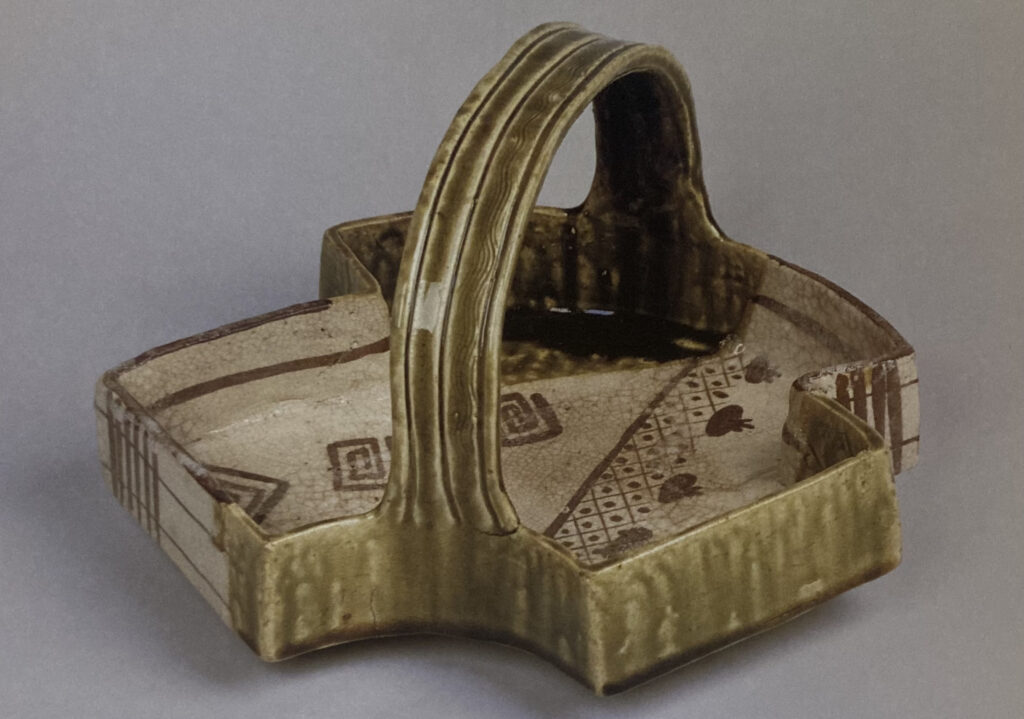

Wad Café offers a delightful and immersive experience for its guests. The carefully selected décor creates an ambiance that promotes relaxation and enhances the enjoyment of conversations. The prospect of having to wait for a table adds to the anticipation, encouraging visitors to explore the adjacent gallery space on the 2nd and 3rd floors. The gallery space, accessible from the building behind Wad Café, provides a holistic artistic experience, combining the pleasure of tea with visual arts.
The diverse assortment of tea choices caters to a broad range of preferences. The cafe also accommodates non-natives with an English menu. The mention of experiencing each tea differently implies a focus on the nuanced aspects of tea culture. Furthermore, the opportunity to select a tea bowl from Wad's display adds a personal touch to the tea-drinking experience. They also provide the option to choose sweets enhances the overall tea-drinking experience, making it not just a beverage but a sensory journey. This attention to detail in both ambiance and offerings makes Wad Café a promising destination for those seeking a unique and immersive tea experience.


The presence of contemporary ceramic artists exhibiting at Wad + Gallery indicates a dynamic and evolving space that embraces the latest trends and expressions in the world of ceramics. The emphasis on a well-curated display suggests a thoughtful and intentional approach to presenting the artwork, creating an environment that invites guests to engage with the pieces on a personal level.

The Fujita Museum is a treasure for art enthusiasts. Its status as a privately owned family collection, rooted in Denzaburo Fujita's passion for art, adds a personal dimension to the museum's history. The opportunity for visitors to explore the former family mansion, immersing themselves in the ever-evolving tea-ware collection, speaks to the museum's deep connection to both art and personal heritage.
The dimly lit exhibit room constructs a meticulously designed presentation that isolates each piece of art, encouraging focused attention and suggesting a curated and immersive environment. This setup allows visitors to engage with the tea-ware collection, highlighting the importance of each piece within the broader artistic experience.
Following a day immersed in art appreciation, the museum offers a thoughtful space for relaxation. The various options for guests to take a moment for themselves, be it in the tatami room, on the café's encircling steps, or at a seated table, introduce an additional layer.



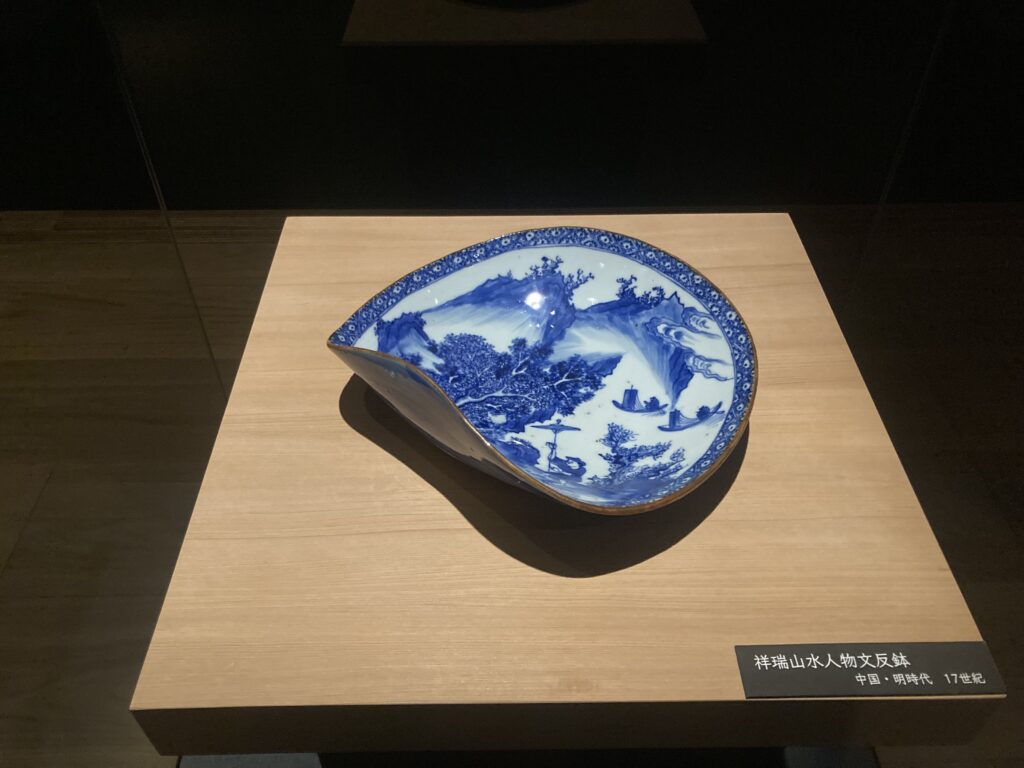
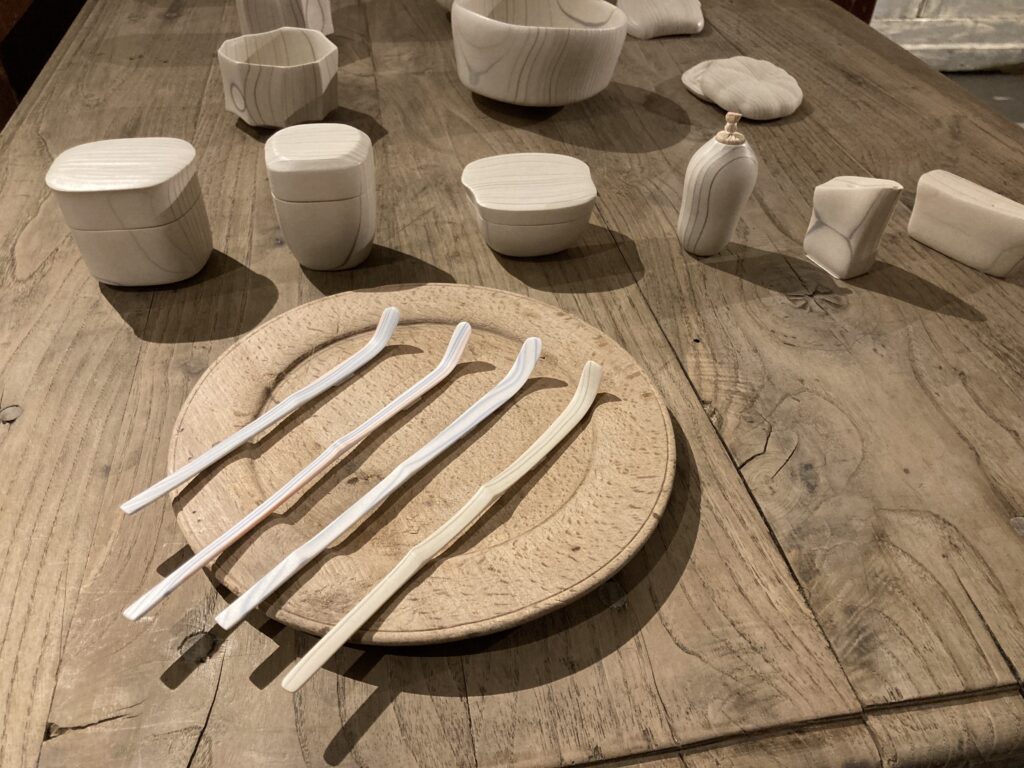
The RAURAUJI Gallery offers a diverse and interesting blend of contemporary ceramic art and furniture antiques. The combination of these elements suggests an eclectic atmosphere, where traditional and modern aesthetics come together. This mix of mediums provides visitors with the opportunity to explore the intersection of different artistic expressions. Described as a place where one can casually "pop in" to view the current exhibit featuring tea-ware objects and figure sculptures, the gallery conveys a relaxed and accessible environment.
Consider a late night stroll around Osaka Castle, which is lit up with the Sakuya Lumina light display when the sun sets. With its roots tracing back to the Sengoku period, the castle has endured a rich history, witnessing battles, reconstruction, and pivotal events in Japanese history. It houses an ever-changing exhibition of cultural assets related to Toyotomi Hideyoshi, the Sengoku period, and Osaka Castle's history.
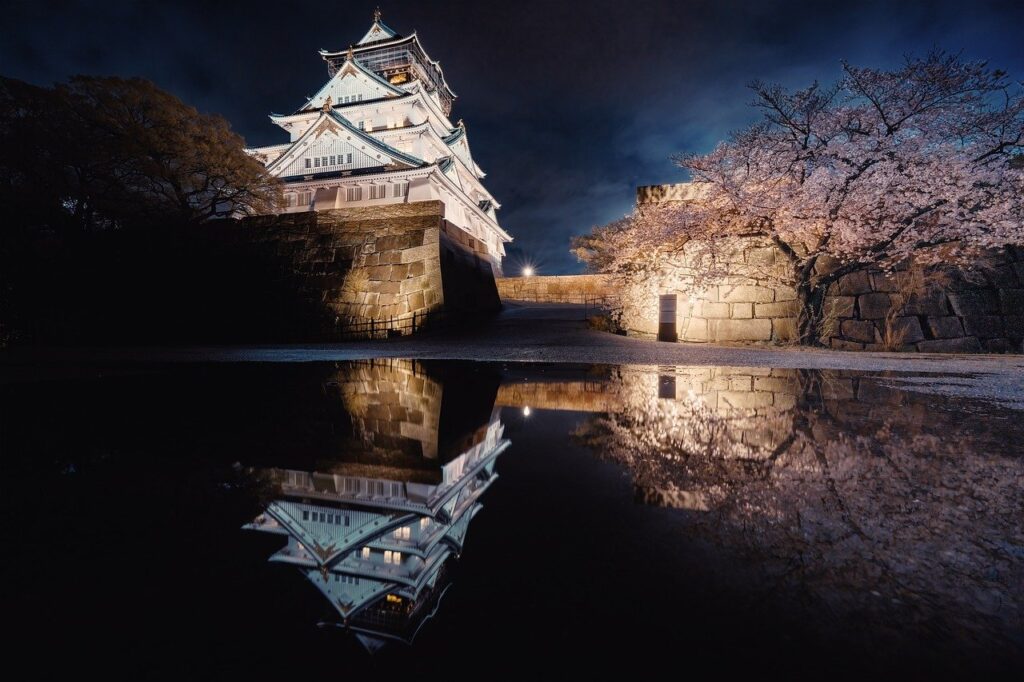
On the second day, seize the opportunity to visit a local artist or continue along the path of exploring private collections housed in museums.
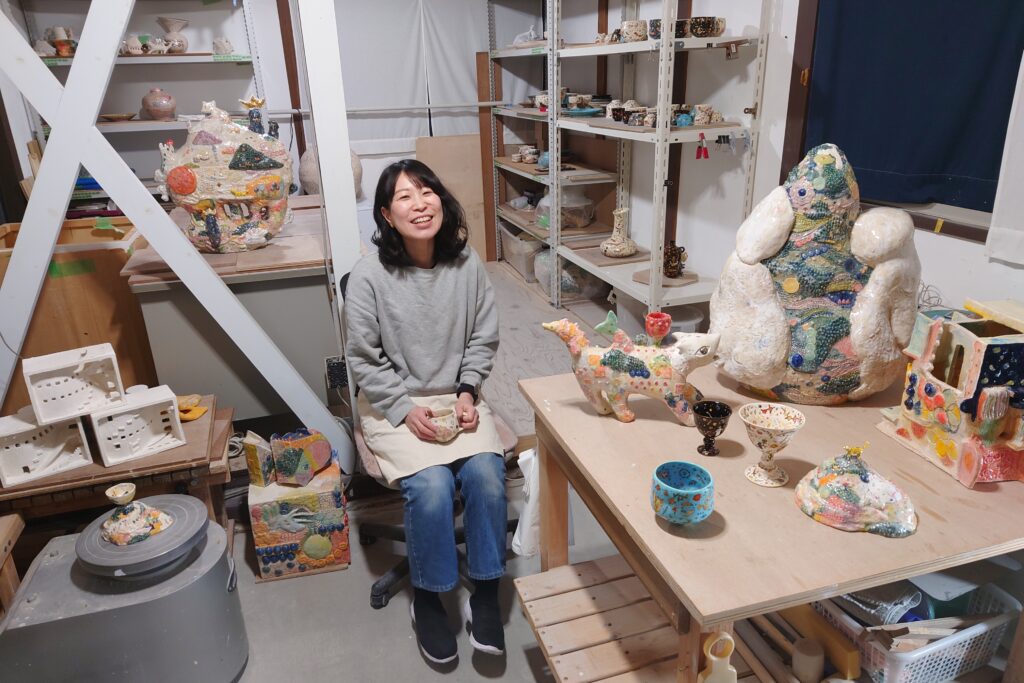
Yoshiko’s work consistently aims to express joy, vitality, and happiness through various creatures, events, and patterns, creating a larger-than-life fantasy that evokes familiar sceneries and stories. The size of the works requires viewers to look up, squat down, or move around, allowing for an immersive three-dimensional experience that emphasizes the weight and presence of the art.

Kate Strachan is a transdisciplinary artist, who divides her time between Asia and the US. Her clay work integrates various materials such as wax, wood and fiber to form manuscripts, sculpture, installation, and video art. Kate's work is viewed as a collection of both relics and texts conveying and preserving the routine of action, sexuality and silence.


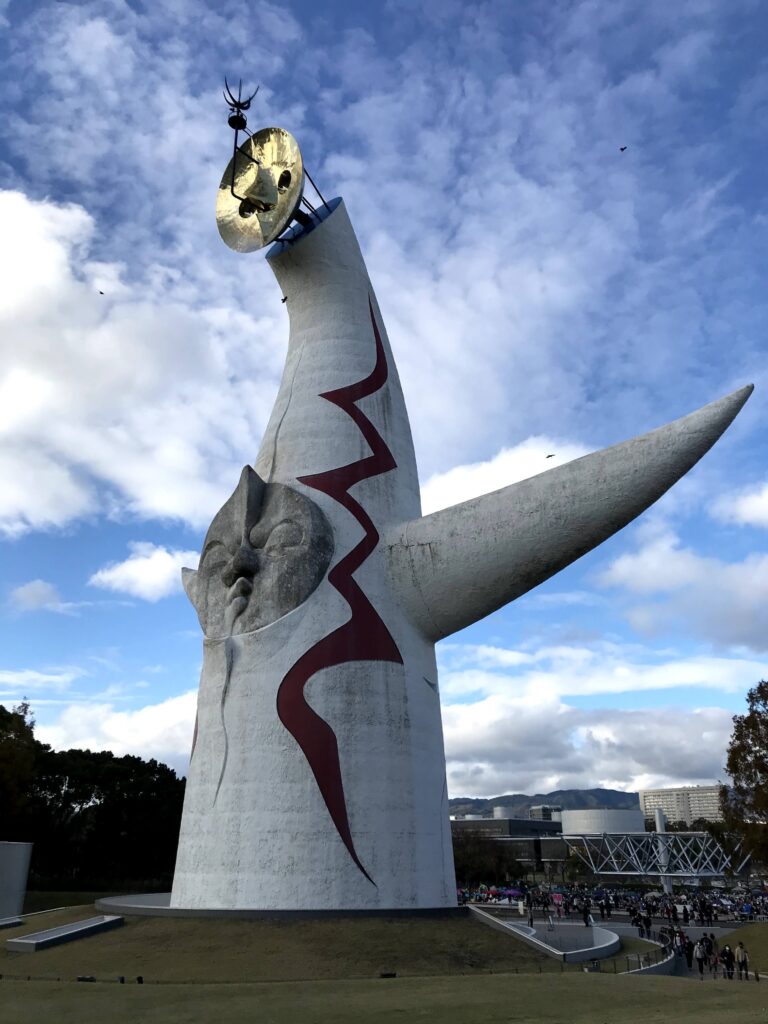
The Japan Folk Crafts Museum Osaka, originally constructed as an exhibition hall, has undergone transformation and currently functions as the western base for the "Mingei Movement." Founded by Muneyoshi Yanagi, the Mingei Movement underscores the value of appreciating folk crafts and recognizing the beauty inherent in everyday, utilitarian objects.
Special exhibitions are held twice a year in the spring and fall, showcasing domestic and foreign folk art objects. The variety of folk-art objects, including ceramics, dyed and woven textiles, wood and lacquer works, and braided pieces, indicates a comprehensive approach to representing different aspects of traditional crafts.
The inclusion of commemorative lectures for each special exhibition adds an educational element to the museum's programming.
The Itsuo Art Museum, dedicated to the memory of Kobayashi Ichizo (1873-1957), honors the legacy of Itsuo, a prominent figure renowned for his contributions to culture and art. Established in 1957, the museum boasts an extensive collection of 5,500 works of arts and crafts meticulously gathered by Itsuo throughout his lifetime.
This remarkable collection reflects Itsuo's diverse interests and includes many prized gifts bestowed upon him by business associates. While photography is often restricted within museums, visitors have the opportunity to acquire well-printed catalogs, allowing them to take a piece of the collection home with them.

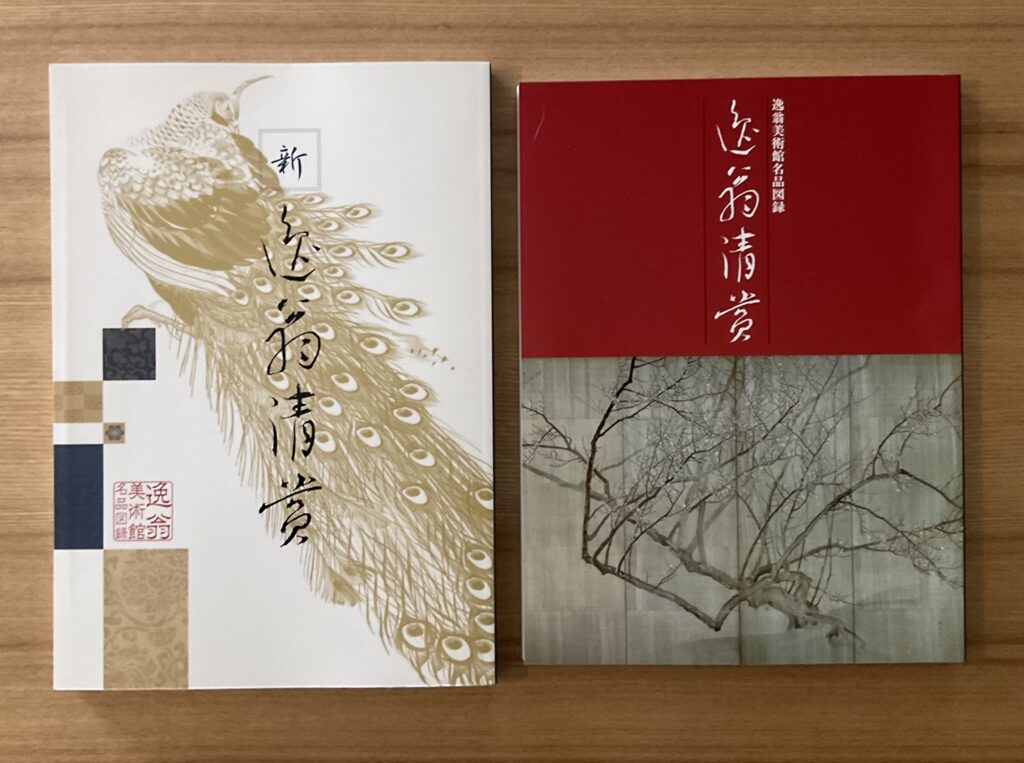

Kate Strachan is an interdisciplinary studio artist with a background in ceramics and fiber. She divides her time between Osaka and Philadelphia and has a rich artistic journey that includes an apprenticeship in Kanazawa, Japan, and studies at the Tainan National University of the Arts.
Her recent accomplishments include receiving a grant from the Dutch government for the 2024 EKWC residency, winning NCECA's 2023 Emerging Artist Award, securing 3rd place for Blanc de Chine in 2021, and having her work selected for the New Taipei Yingge Ceramics Biennale in 2022. Kate Strachan's Website